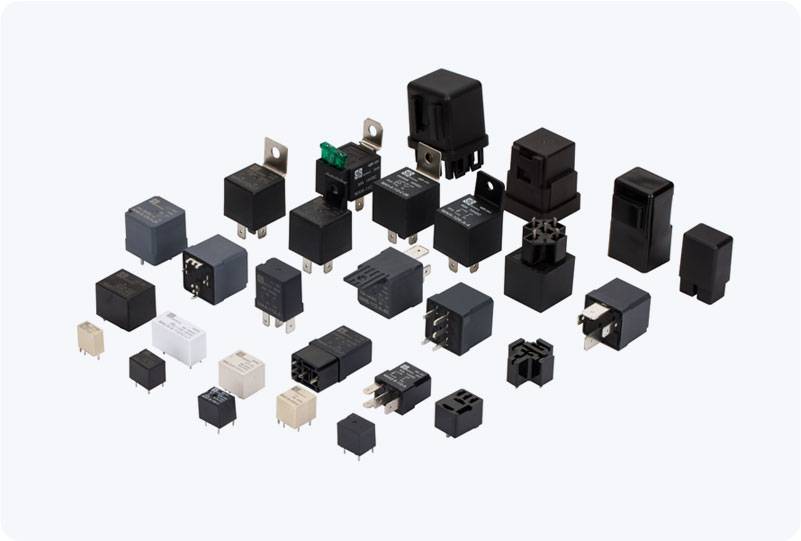The Battery Pack Main Relay (BPMR) is an essential component in the electrical architecture of electric vehicles (EVs) and hybrid vehicles (PHEVs). It serves as the critical link between the battery pack and the vehicle’s electrical system, enabling and controlling the flow of electricity from the battery to the vehicle’s powertrain. This article delves into the primary functions, construction, and importance of the Battery Pack Main Relay in ensuring safe and efficient operation in electric vehicles.

What is a Battery Pack Main Relay? A Battery Pack Main Relay is a high-power relay that connects and disconnects the battery pack from the rest of the vehicle’s electrical system. It operates as a switch, allowing the battery to deliver power to the electric motor and other essential components, while also preventing current flow when necessary. This ensures that the battery is used only when required and is safely isolated during certain operational conditions, such as in cases of malfunction or after the vehicle is powered down. Primary Functions of the Battery Pack Main Relay Current Control: The primary role of the BPMR is to control the flow of electricity between the battery and the vehicle’s power system. When the vehicle starts, the relay connects the battery to the rest of the system, enabling the battery to provide power to the motor and other electrical components. It ensures that the battery is only engaged when necessary, optimizing its use and enhancing the efficiency of the overall system.